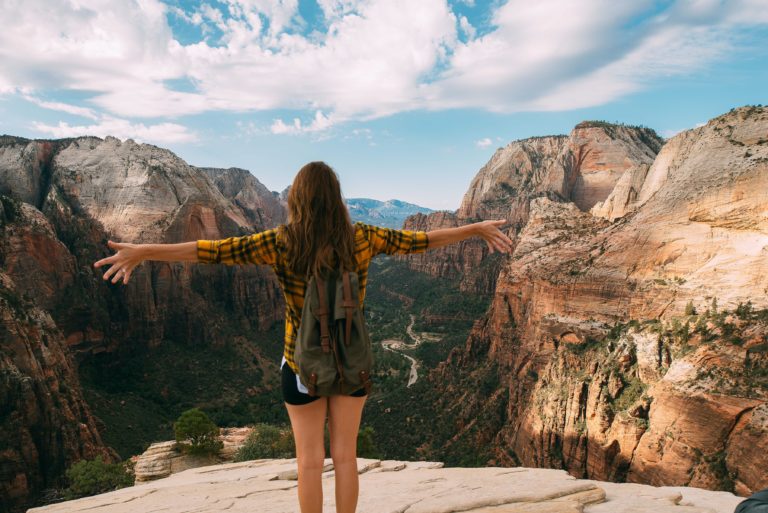
Mountains are so big and ancient that it's easy to imagine those hulking piles of rock have been there forever. But just like everything else - including you and me - mountains grow and change over time.
This is what causes mountains to form – even though it’s happening super, super slowly. “Mountains that form by continents colliding or ripping apart, form in hundreds of thousands to millions of years,” says Alan Collins, a scientist who studies plate tectonics. “The Himalayas and Tibet, for example, started to grow about 25 million years ago… and they are still growing.”
DIY MOUNTAIN
The way mountains form is easiest to understand visually. Luckily, there’s a simple experiment you can do at home.
Get yourself a piece of paper and place it flat on a table. Place your fingers on the paper at both ends, and then slowly push the two ends towards each other. You should see that a ‘mountain’ forms in the paper! The closer you push the two ends together, the bigger the mountain gets.
TALLER, WIDER
Once a mountain forms, it usually keeps growing until it can’t grow any taller. Even Everest, which is around 50 million years old, is still growing a couple of millimetres a year. But eventually mountains get too big. When a mountain becomes too large, and therefore too heavy, the force of gravity pushing down on it stops the mountain from getting any taller. But the pressure from the tectonic plates doesn’t go away so, at that point, instead of getting taller, the mountain usually gets wider instead. If we had less gravity on Earth, we would have much bigger mountains. The tallest mountain in the Solar System, Olympus Mons, is almost three times as high as Everest. Olympus Mons is on Mars. Why? Because the gravity of Mars is only a third of that on Earth.
MOLTEN MOUNTAINS
Plate tectonics aren’t the only way to make mountains. There are also volcanos! “A volcano is a type of mountain,” Alan says. “A mountain is just a topographic term meaning an elevated area.” But volcanic mountains don’t take millions of years to grow. Actually, just like an erupting zit, a volcano can pop up freakishly fast, in geologic terms. An erupting volcano can grow hundreds of meters in just a few months as the lava spouting out its top cools and solidifies. “The Volcán de Parícutin started growing in a corn field in Mexico in 1943. In a week, it had formed a 100-150 metre volcano. After a few months it was taller than 350 metres,” says Alan. Imagine that thing showing up in your back yard!
CRUSTY PLATES, WARPING PLANET Earth, kind of like an M&M, is covered by a thin shell of solid material – what we call its ‘crust’. But this shell isn’t in one solid piece. Instead, it’s made up of seven massive pieces, and a few smaller pieces, too. These pieces, known as tectonic plates, move at around about 3–5cm a year, approximately the speed at which your fingernails grow. And when the plates move, they sometimes crash into one another or push each other around. When this happens, it generates an insane amount of pressure, forcing the plates to warp.




















